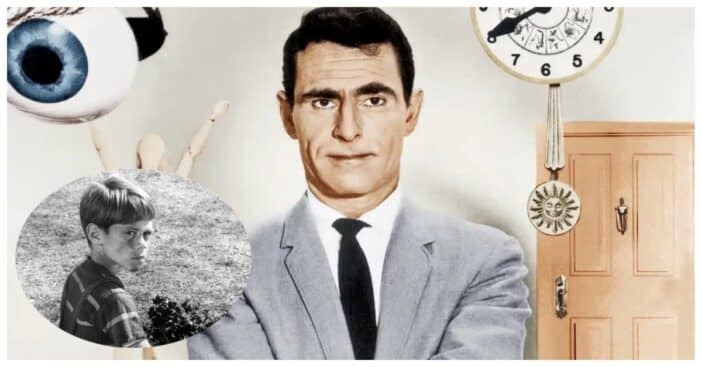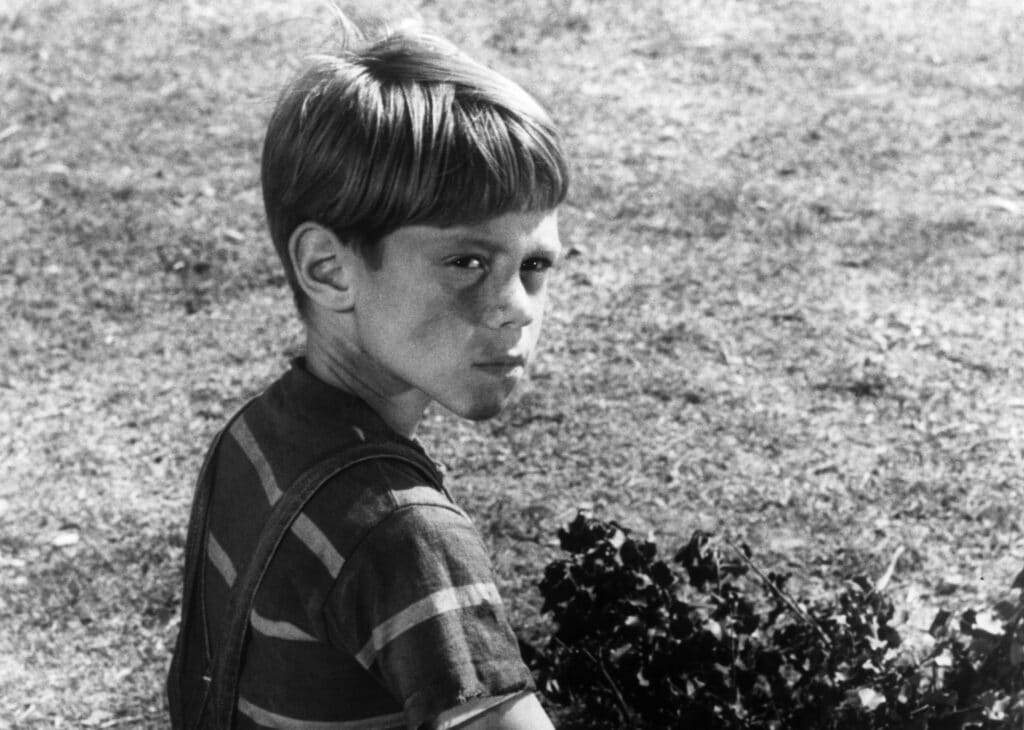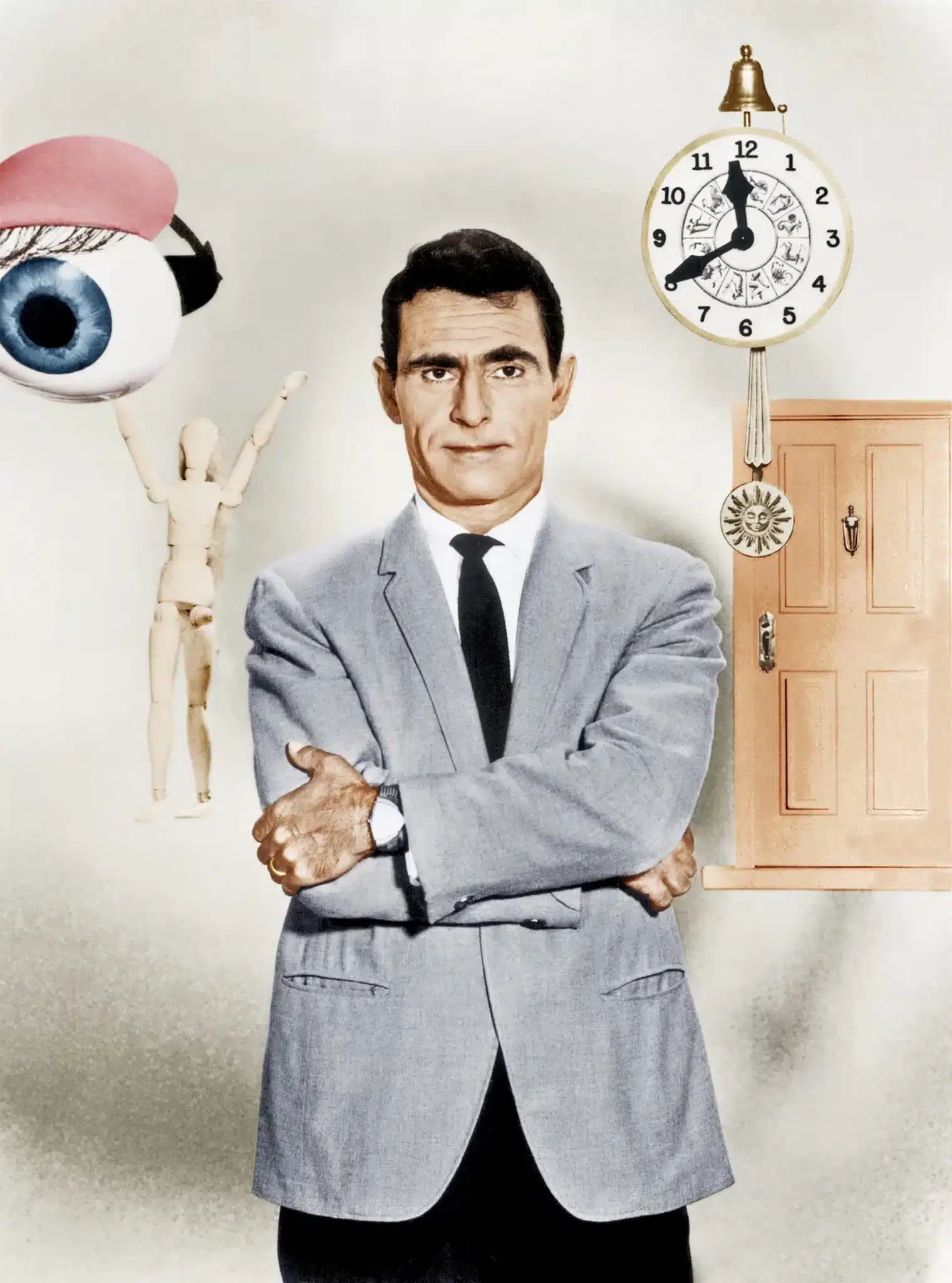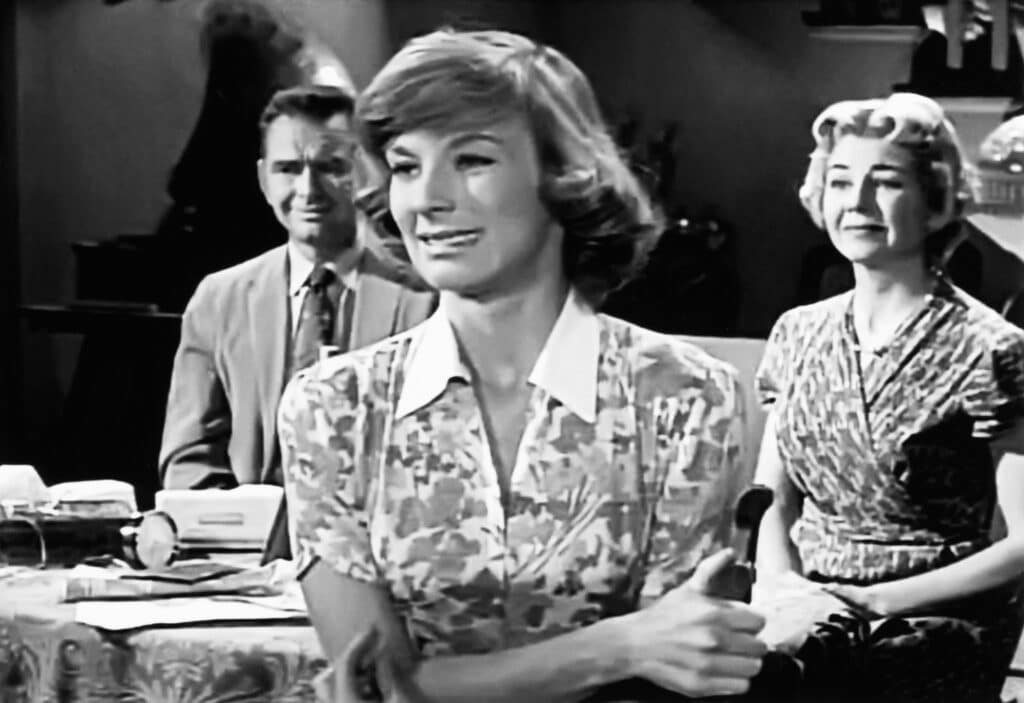
Rod Serling’s The Twilight Zone remains one of the greatest sci-fi shows ever made because it tackled human nature in ways that never age. Episodes like “The Monsters Are Due on Maple Street” show how fear can turn neighbors into enemies, while “He’s Alive!” serves as a chilling reminder of how fascism rises.
But one episode stands out today more than ever: “It’s a Good Life.” This half-hour isn’t just one of the show’s best; 60 years after its debut, the episode remains an allegory for the dangers of unchecked authority and the consequences of allowing fear to dictate society’s actions.
‘It’s a Good Life’ delivered some of ‘The Twilight Zone’s most important lessons

“It’s a Good Life” was set in Peaksville, Ohio, and it follows 6-year-old Anthony Fremont, who has god-like abilities. He could control, create, and destroy. He was so powerful that those who nursed a bad thought about him got erased from existence and sent to a cornfield. The townspeople lived in constant terror of pleasing Anthony no matter what horrors he inflicted.
The episode ends grimly when Anthony creates snow that will ruin their crops, his father tries to scold him but quickly switches to praise. Serling did not just write a horror story — he sent a warning. Power in the wrong hands leads to destruction.

‘It’s a Good Life’ was a popular episode
“It’s a Good Life” has left a lasting imprint on pop culture and was a famous episode of Twilight Zone. Visitors to Disney’s Hollywood Studios’ Tower of Terror attraction may recognize Serling’s narration from the episode. Twilight Zone: The Movie reimagined the story with an even darker twist.

The story also received a direct sequel in 2002’s “It’s Still a Good Life,” which aired during the short-lived Twilight Zone revival hosted by Forest Whitaker. This episode revisits Anthony’s story as an adult, and an Bill Mumy returned to reprise his role as Anthony.
